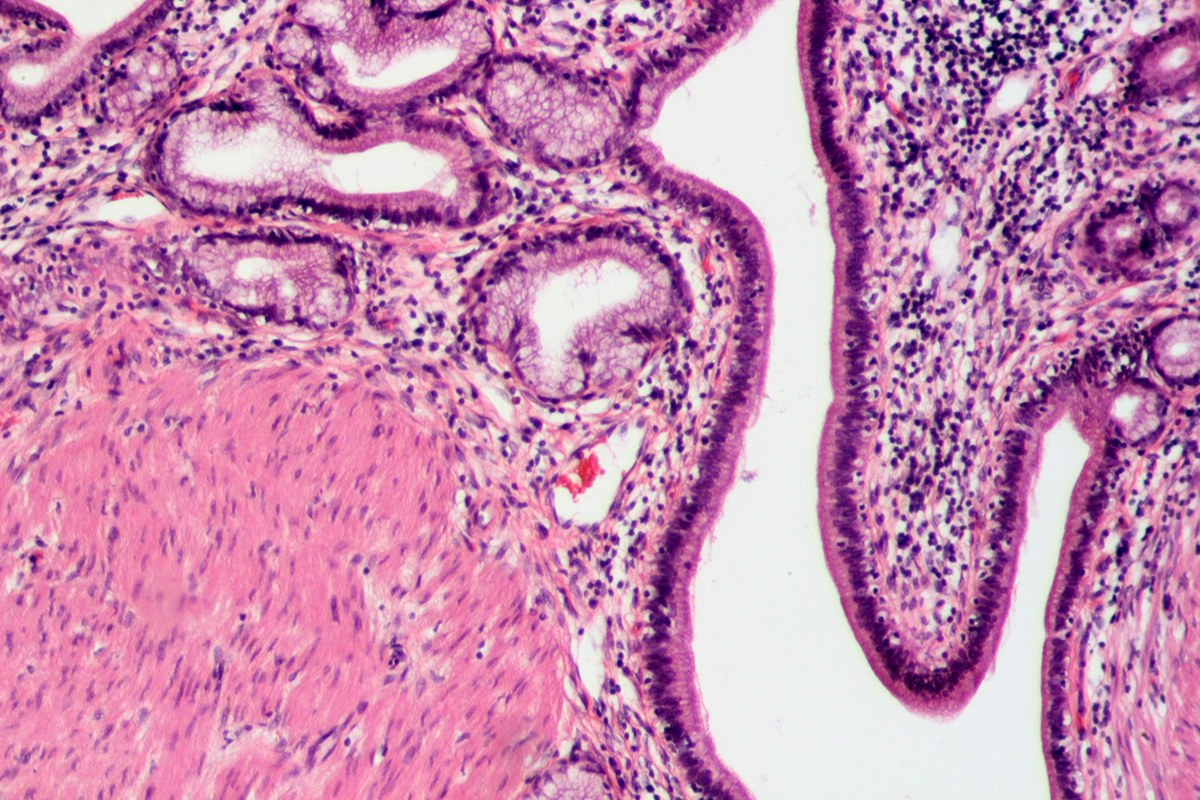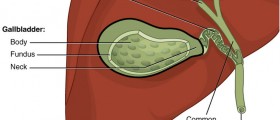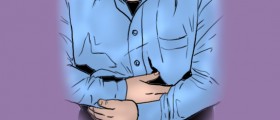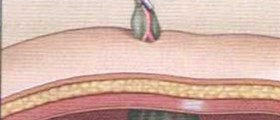
Introduction to the gallbladder
The gallbladder is a fairly important organ of the human body, and unfortunately, there are many diseases that can affect it. However, there are also fairly easy to spot symptoms that come along with many of these diseases, and when they are caught early, serious health problems can be prevented.
The gallbladder is a small sac that is used to sore bile juices that are secreted from the liver. It is located right under the liver in the abdominal cavity.
The gallbladder releases bile stored through the cystic duct, which then goes into the small intestine where it will help to break down foods, especially complex and fatty foods.
However, when there is something that obstructs the flow of the bile or slows it down significantly, then a gallbladder disease can occur.
Types of diseases
There are many different kinds of gallbladder diseases that affect people.
One of the most common is gallstones, which is, obviously, when stones develop in the bladder.
Sometimes they can cause biliary colic, which is severe pain that comes from a blockage of the cystic duct. The gallbladder goes through very violent contractions and spasms in this case, which leads to pain that last for several hours usually.
Cholecystitis is an inflammation of the gallbladder that s usually a result of chronic alcoholism, infections and tumors of the gallbladder. Some of the symptoms of this condition include fever and irritation, and in the most extreme cases, the gallbladder will rupture. If this happens, surgery is immediately required.
When a person has a dysfunctional gallbladder, it is considered to be a chronic diseases. People in such cases will have abdominal fullness sensations, indigestion problems, an increase in gas, chronic diarrhea, which could occur up to ten times a day. Symptoms
Since there are so many different diseases of the gallbladder, there are an equal amount of symptoms. There are many different signs that can point to a variety of gallbladder-related problems.
If these symptoms occur, then it means that the risk factor of having an underlying gallbladder disease is fairly high or is constantly increasing as more symptoms occur.
Some of the main symptoms of bladder diseases include abdominal bloating, bitter taste in the mouth after eating, burping, constipation, diarrhea, dizziness, gas, headaches, usually around the eyes, heartburn, indigestion, jaundice, nausea, vomiting, trouble breathing, and pain in the chest area when inhaling deeply, pain in the upper abdomen, and light and chalky stools.
















Your thoughts on this
Loading...